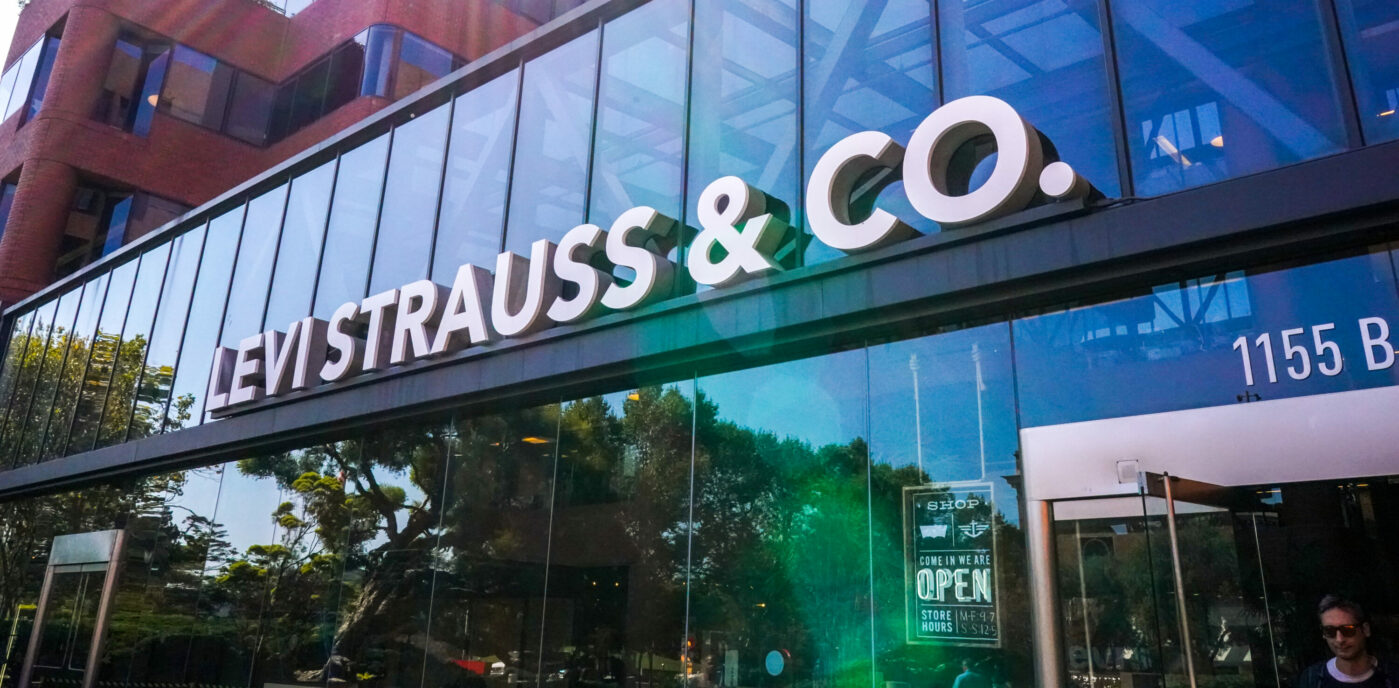People exposed to or living with HIV/AIDS often don’t receive the care or support they need – particularly if they are low-income, live in more rural settings, or live on the margins of society.
We need to change that.
Fortunately, for the first time since the onset of the AIDS epidemic, the United States has a national HIV/AIDS strategy in place. And increasing access to health care for those who don’t have it is one of the strategy’s urgent goals.
It’s an approach we at Levi Strauss Foundation fully support.
The foundation has been a leader in the philanthropic response to HIV/AIDS since the beginning. In 1983, we made the first U.S. corporate donation in the fight against HIV/AIDS to the San Francisco General Hospital.
Since then, we’ve donated US$60 million to pioneering HIV/AIDS service and advocacy organizations in more than 30 countries around the world.
Last Friday, I had the privilege of attending a meeting convened by the White House Office of National AIDS Policy. There, on behalf of Levi Strauss Foundation, I made a commitment to donate US$100,000 to AIDS United to support its Access to Care program.
Why this program?
Access to Care connects economically and socially marginalized individuals living with HIV/AIDS to high-quality health care and support services.
As you can imagine, the stigma and discrimination associated with the epidemic leaves people who are more at-risk of contracting HIV facing fear, shame and isolation. This prevents them from seeking the prevention and treatment services they need to stay healthy.
The Obama administration’s effort to reach these people is the right approach – as is its work with social entrepreneurs, foundations, corporations and citizens to drive change on the issues and events of our time, such as this epidemic.
Through the Social Innovation Fund, the federal government has awarded US$2.2 million to increase the impact of Access to Care,to match contributions made by the private and philanthropic sectors.
The Levi Strauss Foundation applauds thinking outside the box in order to reach people that need access to HIV/AIDS care and support as soon as possible. To stimulate change among people and institutions, social innovation must be part of our arsenal in the response to HIV/AIDS.







